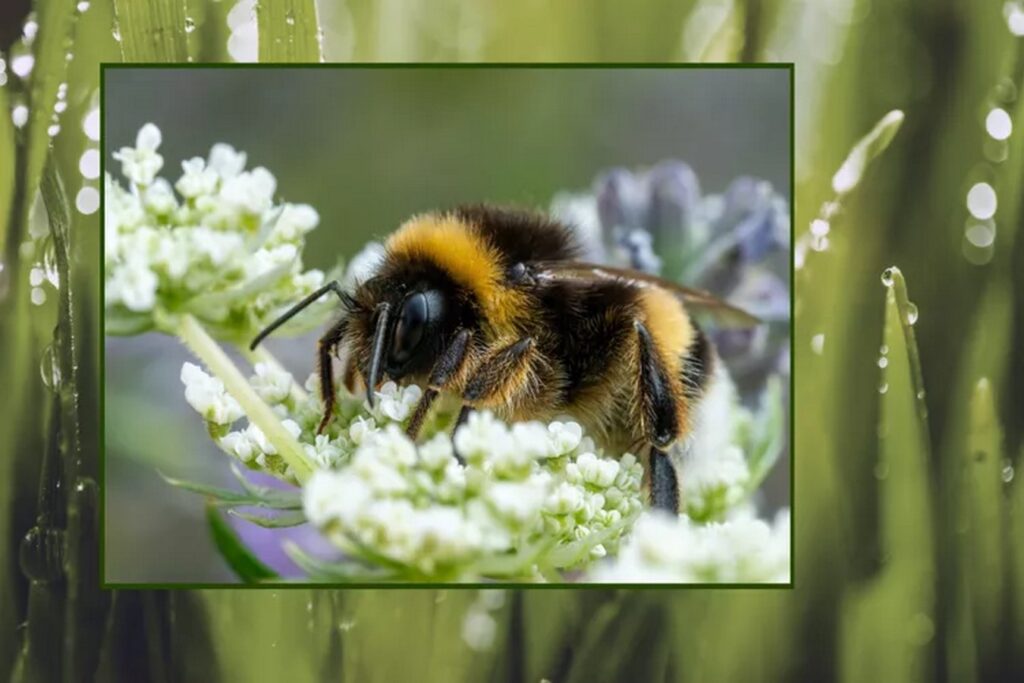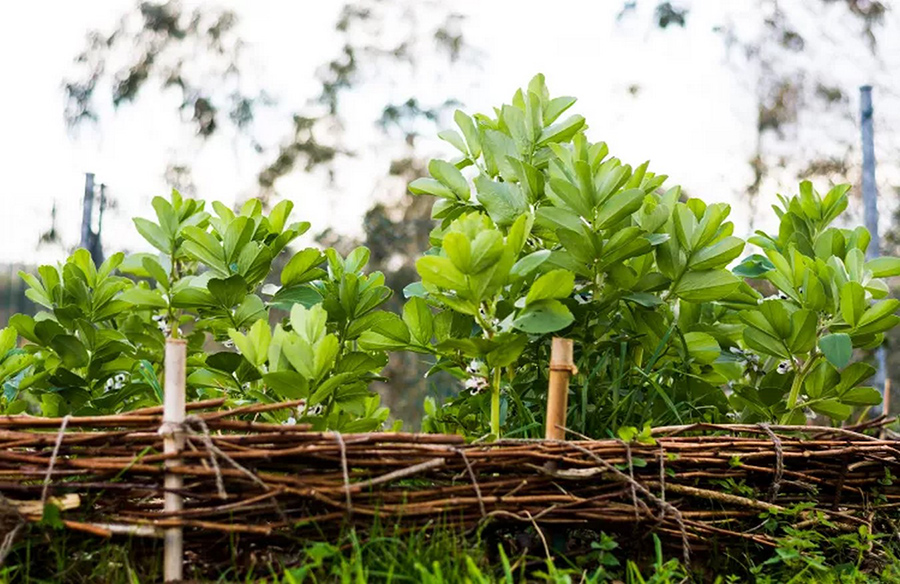Introduction: Rethinking Traditional Lawns
Lawns have long been synonymous with well-manicured landscapes, symbolizing control over nature. However, the conventional approach to lawn care comes with environmental challenges and resource consumption that cannot be ignored.
The Environmental Impact of Lawns
Covering a staggering 40 million acres of land in the United States alone, lawns have become the largest irrigated crop in the country. The maintenance of lawns, including mowing and watering, consumes significant resources, particularly water. Moreover, the reliance on synthetic chemicals for fertilization and weed control poses further environmental risks, harming both biodiversity and essential pollinators.

Introducing No Mow May
In response to the ecological implications of traditional lawn care practices, the No Mow May movement emerged in 2019. Spearheaded by the United Kingdom charity Plantlife, No Mow May encourages gardeners to refrain from mowing their lawns throughout the month of May. By allowing wildflowers to flourish, participants provide essential food sources for pollinators, contributing to biodiversity and ecosystem health.
The Importance of Wild Lawns
The decline of flower-rich meadows in the U.K., with nearly 97% lost since the 1970s, underscores the urgency of reevaluating traditional lawn management practices. Transitioning from frequently mown lawns to perennial flower meadows can significantly benefit insect populations, including bees and butterflies, crucial for ecosystem stability.
Actionable Steps for No Mow May
Participation in No Mow May is simple: refrain from mowing your lawn for the entire month. However, for those eager to deepen their commitment to wild lawns, various initiatives and practices can further support biodiversity and habitat restoration.

Promoting Insect Conservation
The decline of insect species, with over 40% facing population declines, highlights the urgent need for habitat preservation. Transitioning lawns into perennial flower meadows offers vital habitats for insects, supporting their survival and contributing to broader ecosystem health.
Exploring Lawn Alternatives
Beyond No Mow May, there are numerous alternatives to traditional lawns that promote biodiversity and resource conservation. From flowering meadows to native plant gardens, embracing diverse landscapes enhances ecological resilience and reduces environmental impact.

Embracing Edible Landscapes
Transitioning lawns into edible landscapes offers an innovative approach to sustainable gardening. Incorporating edible plants into garden designs not only enhances visual appeal but also provides nutritious food sources, aligning with principles of permaculture and regenerative agriculture.
Conclusion: Cultivating Sustainable Landscapes
No Mow May represents a small yet impactful step toward reimagining our relationship with nature. By embracing wild lawns and exploring alternative landscaping practices, individuals can play a vital role in promoting biodiversity, mitigating habitat loss, and fostering resilient ecosystems.









